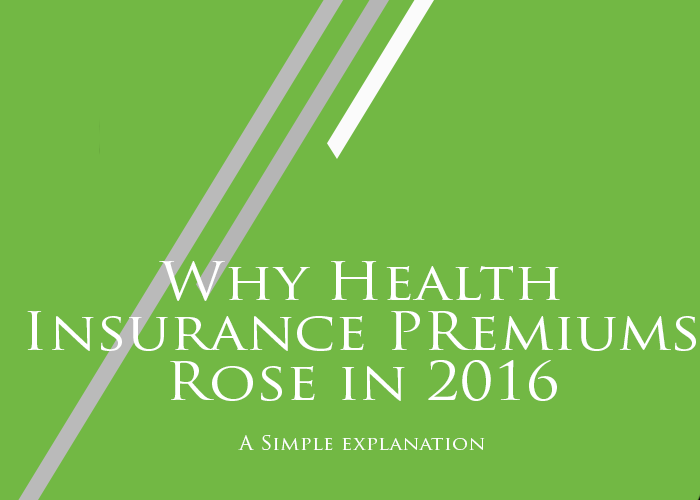Bill Dluhosh, MT-BC
In the 2000 movie Almost Famous there is a scene that takes place with the band traveling on a bus. Everyone is looking tired, weary, and solitary, and playing in the background is the Elton John song, Tiny Dancer. As the scene continues one person begins to sing, then another, and eventually everyone on the bus is singing along and their moods appear to change. Yes, it’s a movie, but hasn’t this ever happened to you, maybe with friends in a car, in the kitchen, or at a sporting event? Music has a way of changing our perspective on many things and connecting us with others. That is the power of music, and part of how music therapists around the world are using music as a tool to help in many areas of health care. How many of you have Tiny Dancer going through your head now?
There are over 70 programs in the United States that offer undergraduate, graduate and doctorate programs in Music Therapy. They work with adults and children with various special needs, in cancer care, and with Alzheimer’s and dementia patients, as well as in other areas. One of the ways that music therapists use music in the rehab setting is helping to “retrain” and “rewire” the brain to re-engage motor control. The connection with music I mentioned above provides support for the brain while one is learning to walk, use arms, or speak after a stroke or TBI. This connection is also being used in medical areas, such as oncology, to help with fatigue. Let’s face it; there are some songs that you can’t sit still to.
Because of the unique and versatile qualities of music you can use it to wake yourself up and have fun doing it. Music therapy is a “patient-centered” therapy, so it’s the music you like that will make the best connection. That can be anything from Bach to the Beatles, from Miranda Lambert to Miles Davis. There’s no right or wrong music. Find those songs you loved, maybe from high school and college, and create yourself a playlist on your phone, or a mix CD, and when you’re feeling tired, just listen. Even 1-2 songs will do it. Tap your feet, bob your head and get into the music like you did when you were 20. Don’t use it for background to do something else—LISTEN to the music. We don’t think twice about sitting through a 3-4 minute commercial break on the TV, but rarely do we sit and listen to music anymore.
Research has shown that listening to music produces Dopamine, Serotonin, and Endorphins in the brain. These are the chemicals associated with movement, pain relief, and emotions. But, setting that aside, listening to music is fun, and that fun aspect adds so much to our lives. So next time, instead of that shot of caffeine or energy drink, try a song break.
BIO
Bill Dluhosh is a Board Certified Music Therapist who has worked in the medical setting, including inpatient and outpatient rehab, oncology, and palliative care. He is currently contracting through the Cancer Care Center at Saint Alphonsus Regional Medical Center in Boise, ID through a LiveStrong Grant.
For more information, or to find a music therapist in your area, please visit the American Music Therapy Association website at www.musictherapy.org , or contact Bill Dluhosh at wdluhosh@yahoo.com.




No Comment